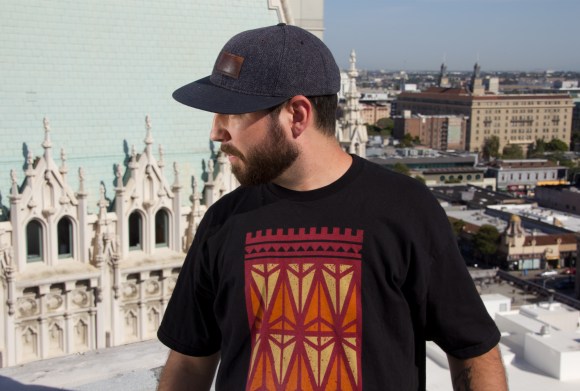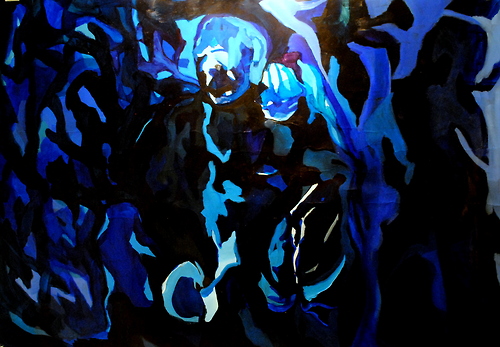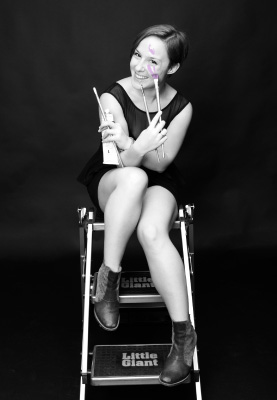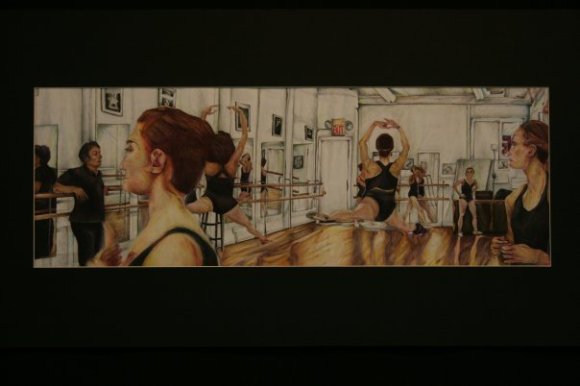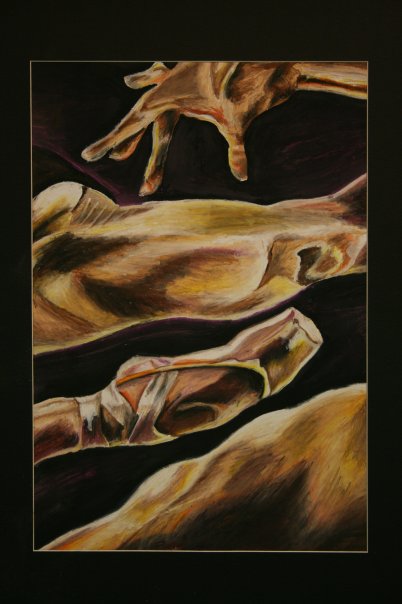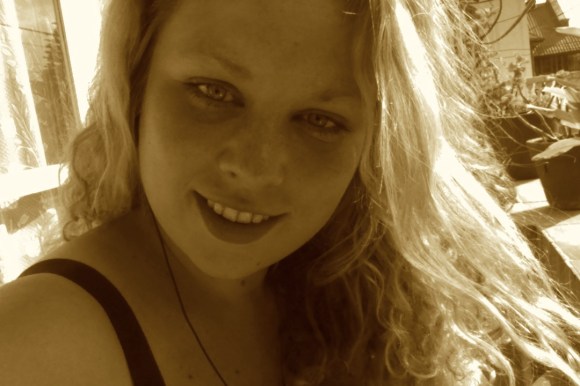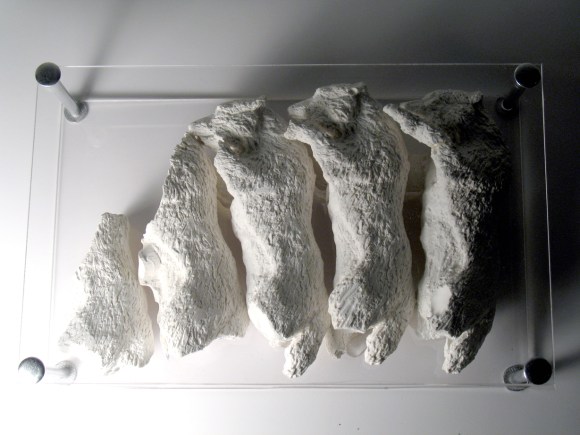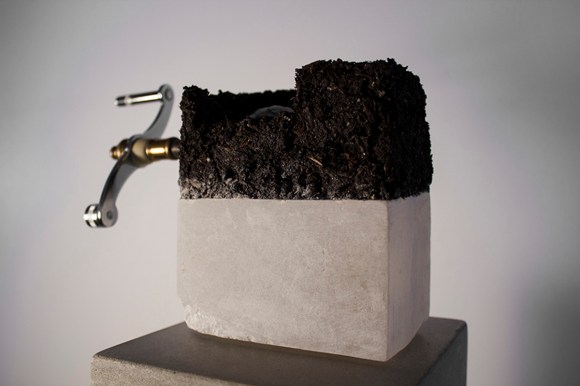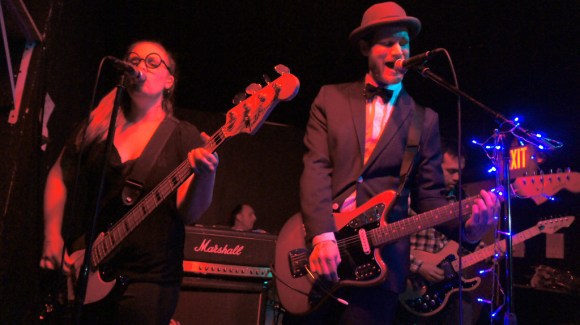Dear Friends and Family,
After three years of facilitating the LIFESTYLE arts collective, we’ve reached a point at which we’ve decided to move on from this project in light of other endeavors. Although our website will continue to exist as a historical reference of the artists and artwork that were featured in this space from 2011-2014, we will no longer be collecting or publishing new content. However, before we officially sign off, we’d like to take some time to look back at what’s been an incredible experience connecting and building with you all.
When we launched the LIFESTYLE in August of 2011, our goal was to create a space for dialogue, expression, collaboration, and artistic exchange rooted in the active processes of Reflection and Response through the arts. We sought to create an interactive, inspiring, and open space where artists from around the world would be able to share their work and their thoughts, centered around the idea of Reflection and Response. We also wanted to maintain the LIFESTYLE as an independent operation, free of ideological constraints or financial directives.
Our various projects have included the Artist Feature Series, Events from the Collective, Talk of the Town, Snapshots from the Collective, Original Mondays, and the Porch Swing Residency. The way we see it, all of the posts in these series add up to a dialogue exploring Reflection and Response from the perspectives of different people, art forms, mediums, and locations. Each person’s contribution to the LIFESTYLE served as a showcase of individual creative expression, while also functioning as an interactive piece of a larger-scale discussion.
We structured the LIFESTYLE around the framework of Reflection and Response – a concept that we believe drives artistic expression, yet rightfully remains open to interpretation. We believe art – in all its forms – serves as a venue through which people express themselves based on their experiences, perspectives, feelings, thoughts, and desires. However, art is often cautiously viewed as a simple, trivial aesthetic activity, providing a basis for it to be marginalized in educational institutions and omitted from broad economic discussions.
The concept of Reflection and Response stands in direct opposition to these traditional views, positioning art instead as a result of an artist’s active, unique processes of reflecting on their surroundings and their experiences, and, in turn, responding through creating something new, and inherently powerful – whether that’s a painting, an installation, a performance, a poem, a song, or any other creative output. Although these processes can be consciously harnessed, they also often indirectly affect a person’s work. We think this concept of Reflection and Response helps explain the essence of creativity.
We’d like to thank all of you who participated in this project as artists and readers, and we hope this space has served and inspired you as powerfully as it has on our end. We’ll forever respect the views and artworks that were shared here, and we’ll continue to build from this foundation as we move forward with future projects. Much love!
Reflection and Response.
– V & P

